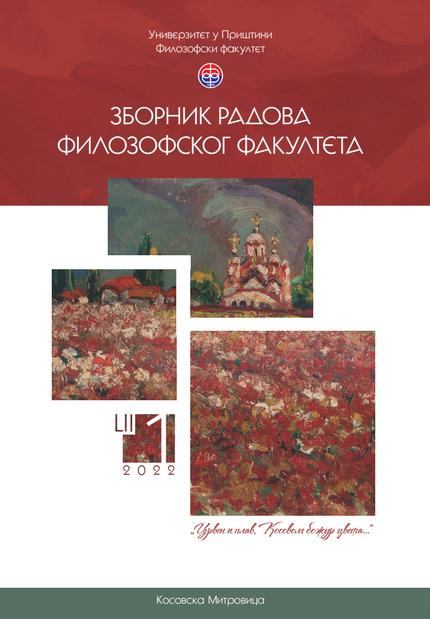Усмерена моделована комуникација као стратегија у настави енглеског језика као језика професије на универзитету: оглед о реконтекстуализацији
Directed Communicative Modelling as an ESP Teaching Strategy at Tertiary Level: Recontextualization and Other Issues
Author(s): Nataša R. Milivojević, Stanka S. RadojičićSubject(s): Language and Literature Studies, Foreign languages learning, Applied Linguistics, Language acquisition
Published by: Филозофски факултет, Универзитет у Приштини
Keywords: textual competence; genre analysis; recontextualization; language for specific purposes; text; context
Summary/Abstract: The paper presents an innovative “text-and-context” teaching methodology applied to develop multiple language and professional competencies in the LSP university classroom. We take the established principles of Directed Communicative Modelling (Dressen-Hammouda, 2003) and implement them into an LSP course for Optometrists, which is a three-year Bachelor Program of Applied (Vocational) Studies offered by the Physics Department at the Faculty of Sciences in Novi Sad. The presented LSP course for optometrists constitutes the following language segments: medical English, occupational English, technical English, and English for academic purposes, with a complex range of contextual specifications attached. Consequently, the present approach relies as much on building contextual knowledge as it does on building language and textual competencies. Having a specialized language competence is therefore principally about learning to manipulate and creatively and inventively recreate language structure within a proper context attached to its use. The power of the proposed teaching methodology lies in its potential constructing of the wide range of specialized knowledge structures involved in professional language communicative situations. The aim of the present study is twofold: to describe and explain a localized and recontextualized version of Directed Communicative Modelling, which is a largely Anglo-Saxon teaching practice, in the Serbian university system and to report on the defined practical outcomes of such an approach for the course where the main learning objectives for the students include (among others) the full capacity for independent professional work in the field of optics and optometry and reading the relevant literature in English as well as conducting academic and professional research. We conclude that, as a principled and defined teaching strategy, Directed Communicative Modelling integrates assumptions about both linguistic and social conditions for specialized discourses while aiming to get students to understand how to best use language as an effective and powerful textual and contextual tool.
Journal: Зборник радова Филозофског факултета у Приштини
- Issue Year: 52/2022
- Issue No: 1
- Page Range: 113-137
- Page Count: 25
- Language: Serbian

